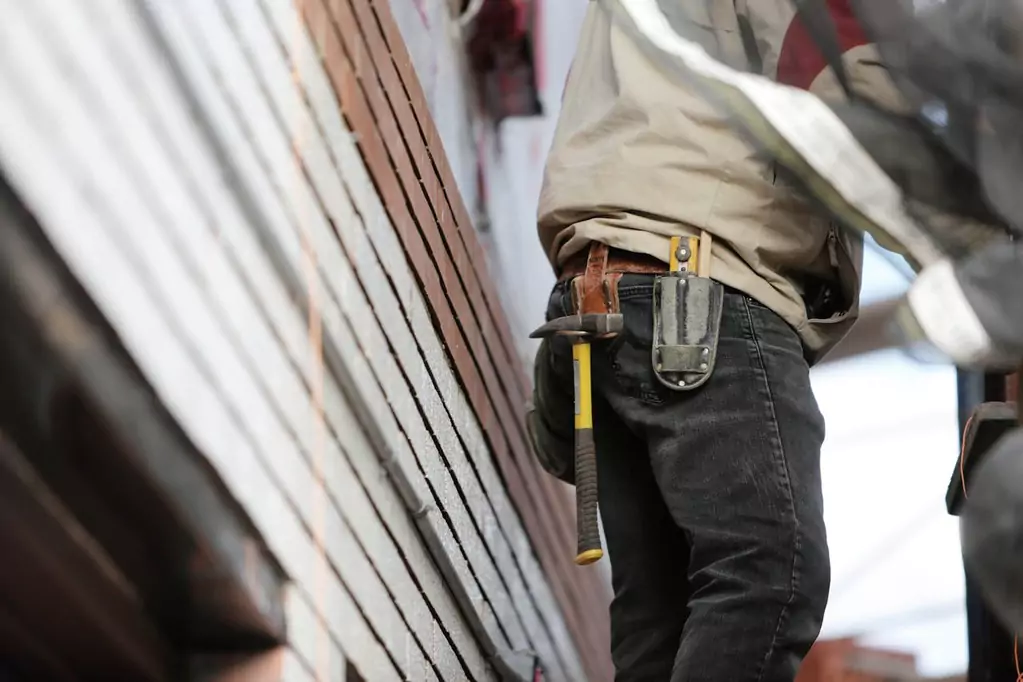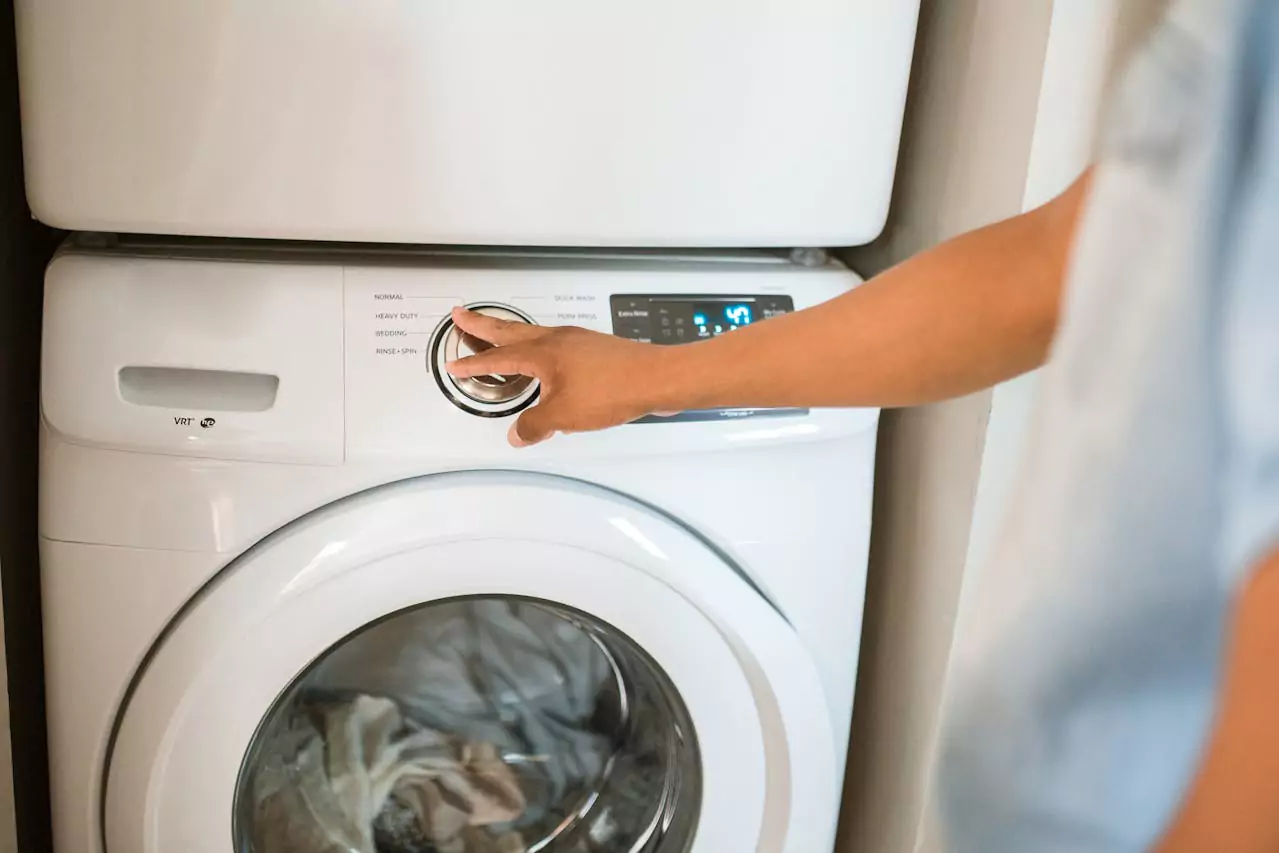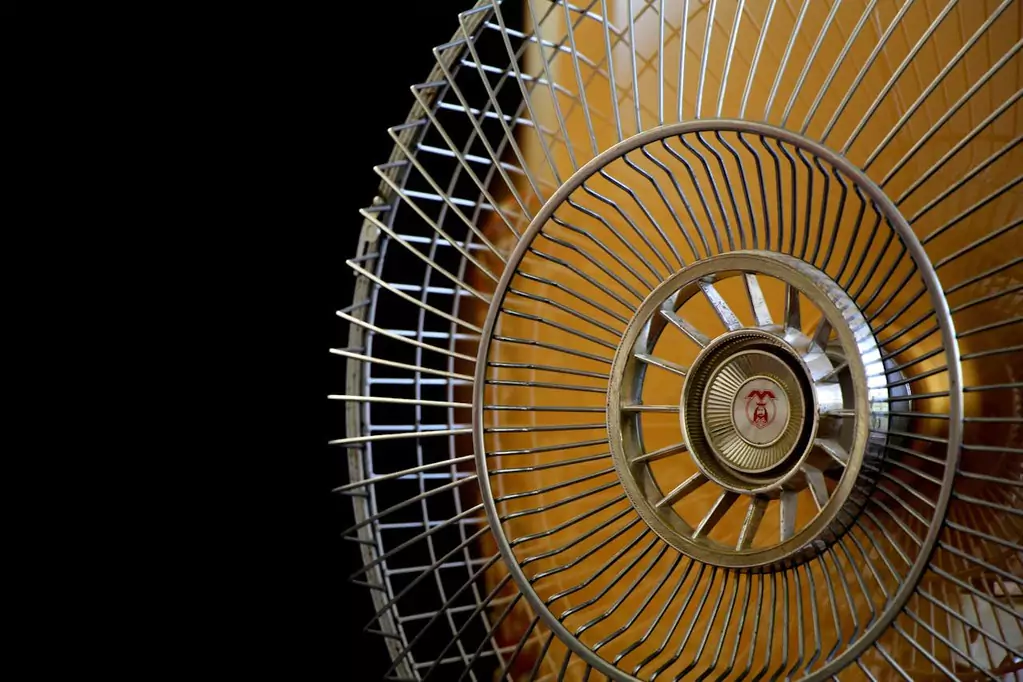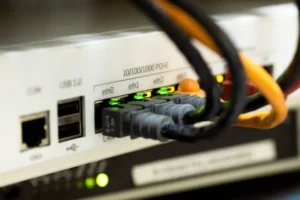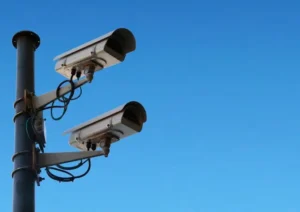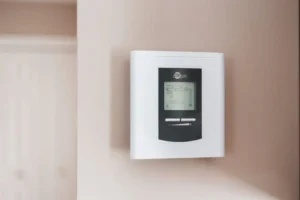Now Reading: AC Energy Saver Mode vs Cool Mode: Pros and Cons Explained
- 01
AC Energy Saver Mode vs Cool Mode: Pros and Cons Explained
- Home
- Home Appliances
- AC Energy Saver Mode vs Cool Mode: Pros and Cons Explained
AC Energy Saver Mode vs Cool Mode: Pros and Cons Explained
![]() Anne MaddisonHome Appliances, Climate ControlAugust 14, 202588 Views
Anne MaddisonHome Appliances, Climate ControlAugust 14, 202588 Views
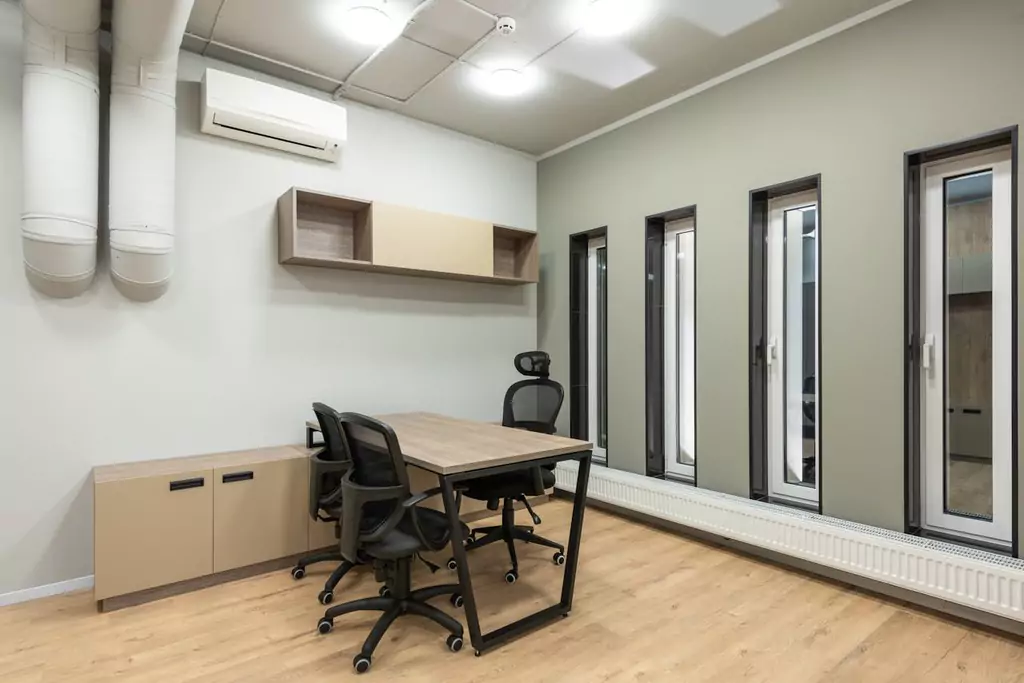
Choosing the right setting on your air conditioner can make a big difference in both comfort and energy bills. If you’ve ever looked at your AC remote or thermostat, you might have noticed options like “energy saver mode” and “cool mode.” But what do these modes actually do, and which one is better for your home?
In this post, we’ll break down the difference between AC energy saver mode and cool mode. You’ll learn how each setting works, the benefits and downsides, and which one might be the best choice for your needs. Whether you want to save on electricity or keep your home feeling perfectly cool, this guide will help you make a smart decision. Let’s get started.
How AC Energy Saver Mode Works and Its Benefits
Energy saver mode on an air conditioner is designed to reduce power use by controlling how the compressor and fan operate. Instead of running constantly, the compressor and fan cycle on and off to cool your home efficiently. When the room reaches the desired temperature, the compressor shuts off, but the fan may continue to run for a short time to circulate the cooled air. Then, both the compressor and fan turn off until the temperature rises again, and the cycle repeats.
This cycling helps lower energy consumption because the compressor is one of the most power-hungry parts of an AC unit. By not running nonstop, the system uses less electricity, which can lead to noticeable savings on your energy bill.
Energy saver mode works best in situations where the outdoor temperature is not extremely hot or humid. If your home cools down quickly or you don’t need constant, strong cooling, this mode can keep the temperature comfortable while using less energy. It’s also a good choice during cooler evenings or mild weather when maintaining a steady temperature isn’t as important.
How AC Cool Mode Works and Its Impact on Comfort and Energy Use
Cool mode is the setting on your air conditioner where both the compressor and the fan run continuously. This constant operation keeps the air flowing and maintains a steady, cool temperature in your home. The compressor works nonstop to remove heat from the air, while the fan circulates the cooled air throughout your rooms.
The main benefit of cool mode is consistent temperature control. Because the system doesn’t shut off until your set temperature is reached, your home stays at a stable, comfortable level without temperature swings. This makes cool mode especially useful on very hot or humid days when steady cooling is important.
On the downside, cool mode uses more energy than energy saver mode because the compressor runs without stopping. This continuous use can lead to higher electricity bills, especially if the AC runs for many hours. While cool mode offers better comfort, it may not be the best choice if your main goal is to save energy.
If you’re concerned about indoor air quality, check out our guide on whether an air conditioner can filter out smoke in your home.
Pros and Cons of Energy Saver Mode
Energy saver mode, also called AC econ mode on some units, comes with several advantages. One of the biggest benefits is lower energy bills. Because the compressor and fan cycle on and off instead of running nonstop, your air conditioner uses less electricity. This can add up to noticeable savings over time. Another advantage is that cycling the compressor reduces wear and tear on the system. Running less often means the AC parts may last longer and require fewer repairs.
On the downside, energy saver mode can lead to less consistent cooling. Since the compressor turns off when the temperature reaches the set point, the room can warm up slightly before the system turns back on. This can cause small temperature swings that might feel less comfortable for some people. Additionally, energy saver mode is less effective at controlling humidity because the compressor isn’t running continuously to remove moisture from the air. For those living in very humid climates, this might make the indoor air feel damp or sticky.
Pros and Cons of Cool Mode
Cool mode offers several advantages that many people appreciate. One major benefit is steady, consistent cooling. Because the compressor and fan run continuously, your home maintains a stable temperature without fluctuations. This constant operation also helps manage humidity better, as the compressor removes moisture from the air throughout the cooling cycle. This can make the indoor environment feel more comfortable, especially in humid weather.
On the downside, cool mode uses more energy than energy saver mode. Running the compressor nonstop means higher electricity bills, particularly during hot seasons when the AC is on for long hours. Continuous operation can also lead to increased wear and tear on the compressor and other parts, potentially shortening the lifespan of your system or increasing maintenance needs. For those looking to save energy, this mode may not always be the best choice.
Tips for Choosing Between Energy Saver and Cool Mode for Your Home
When deciding between energy saver mode and cool mode, it helps to understand which setting fits your needs best. If you want the coldest air possible, cool mode usually delivers that because the compressor runs nonstop to keep your home at a steady, low temperature. Energy saver mode cycles the compressor on and off, so the cooling might feel less intense or consistent.
If your priority is saving electricity, energy saver mode is generally the better choice. By turning the compressor off when the room reaches the set temperature, it uses less power overall. This can lower your energy bills, especially during milder weather or if you don’t need constant cooling.
To decide which mode to use, consider your local climate. In very hot and humid areas, cool mode might be necessary for comfort and humidity control. If you live in a place with milder temperatures, energy saver mode can keep you comfortable while reducing energy use.
Personal preferences also matter. Some people prefer steady cooling, while others are okay with slight temperature swings in exchange for savings.
To get the most out of either mode, make sure your air conditioner is well maintained. Change or clean filters regularly to keep airflow smooth. Use a programmable thermostat to set temperatures when you’re home or away. Seal any air leaks in your home to prevent cool air from escaping. These steps help your AC work efficiently, no matter which mode you choose.
To understand how your air conditioner affects your health, read our detailed post on whether an air conditioner can make you sick.
Frequently Asked Questions About AC Modes
Can energy saver mode save a significant amount on my electric bill?
Yes, energy saver mode can help reduce your electricity use because it cycles the compressor on and off instead of running it nonstop. Over time, this can lead to noticeable savings, especially if you use your AC often during mild weather.
Does cool mode keep humidity lower than energy saver mode?
Generally, yes. Since cool mode runs the compressor continuously, it removes more moisture from the air, helping lower indoor humidity. Energy saver mode may not control humidity as well because the compressor cycles off regularly.
Which mode is better for hot and humid climates?
Cool mode is usually better in hot and humid areas. It provides steady cooling and better humidity control, which helps your home feel more comfortable. Energy saver mode may struggle to keep humidity low in these conditions.
Can switching modes often affect the AC system’s lifespan?
Switching between modes occasionally won’t harm your system. However, frequent or rapid switching could cause extra wear on components over time. It’s best to choose the mode that fits your needs and stick with it for longer periods.
Final Thoughts
Choosing between energy saver mode and cool mode comes down to balancing comfort and energy use. Energy saver mode can help lower your electricity bills by cycling the compressor on and off, but it may lead to slight temperature changes and less humidity control. Cool mode keeps your home at a steady temperature and manages humidity better, though it uses more energy.
The best choice depends on your climate, comfort preferences, and energy goals. If you’re not sure which mode works best for you, try both and see how they feel in your home. Take a moment today to check your AC settings. Making a small change could improve your comfort and help you save on energy costs this season.
Related Posts
Previous Post
Next Post
Climate ControlJuly 28, 2025
Can Air Conditioner Make You Sick?
Home AppliancesJuly 27, 2025
What Air Conditioner Size Do I Need?
Home AppliancesAugust 24, 2025
Are Home Air Conditioner Tune Ups Necessary
Climate ControlAugust 23, 2025
Can Air Conditioning at Home Trigger Asthma?
- 03
Home AppliancesJuly 28, 2025
Can Air Conditioner Make You Sick?
- 04
Climate ControlJuly 27, 2025
What Air Conditioner Size Do I Need?


